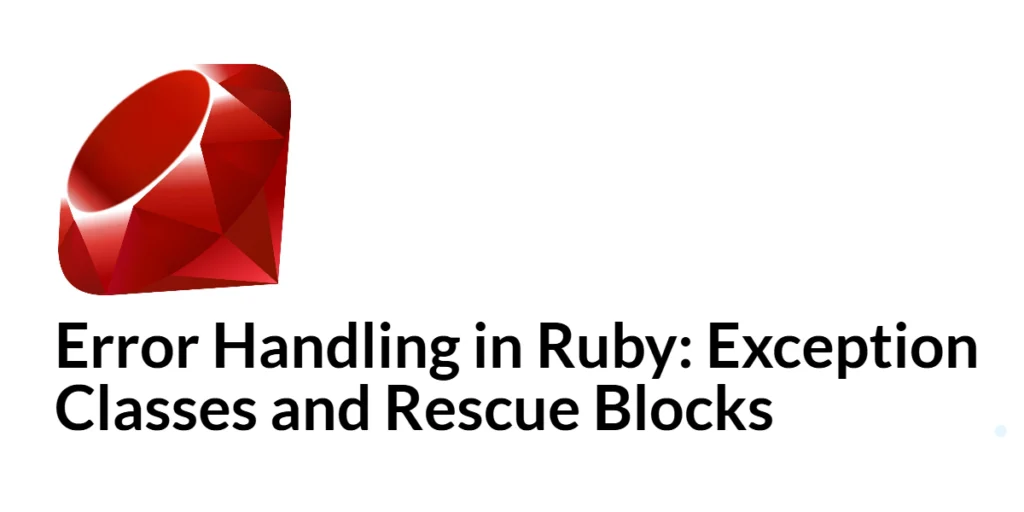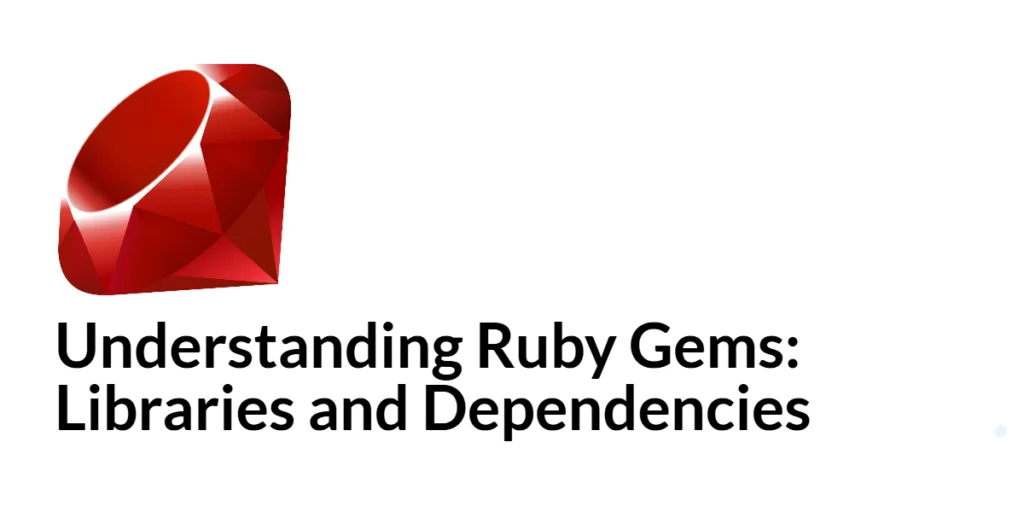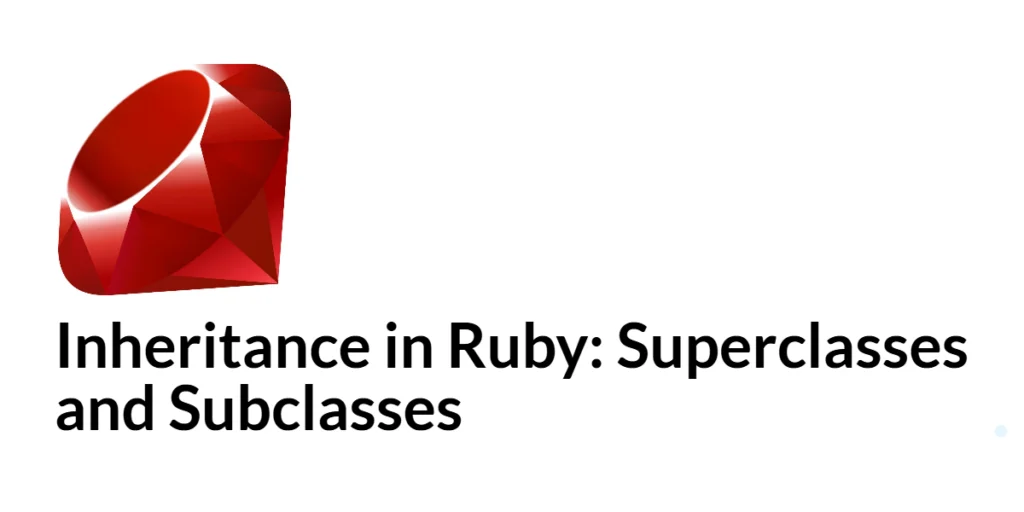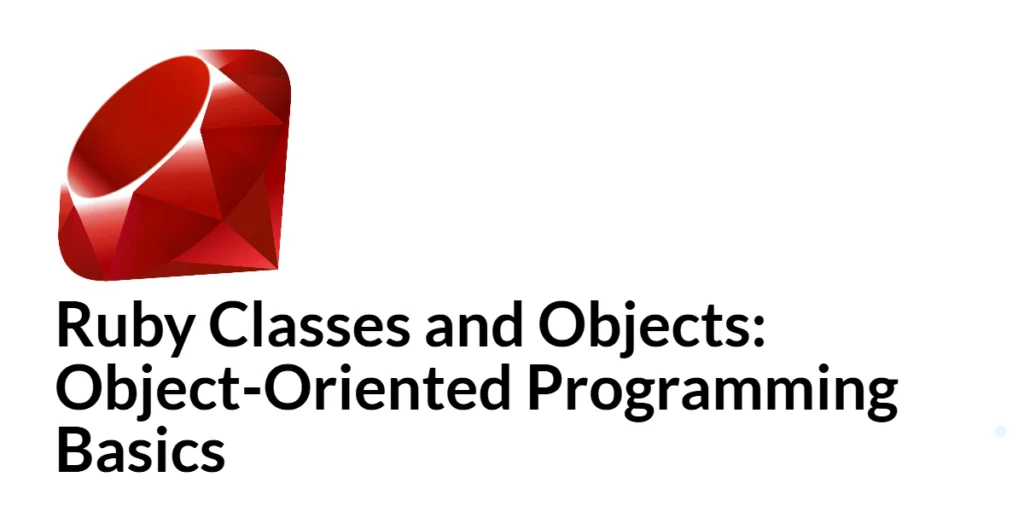Error Handling in Ruby: Exception Classes and Rescue Blocks
Error handling is a crucial aspect of software development, allowing programs to handle unexpected situations gracefully without crashing. In Ruby, errors are managed using exceptions, which are objects that represent an error or unexpected event. By understanding how to raise, rescue, and ensure cleanup in your code, you can create robust applications that handle errors […]
Error Handling in Ruby: Exception Classes and Rescue Blocks Read More »









